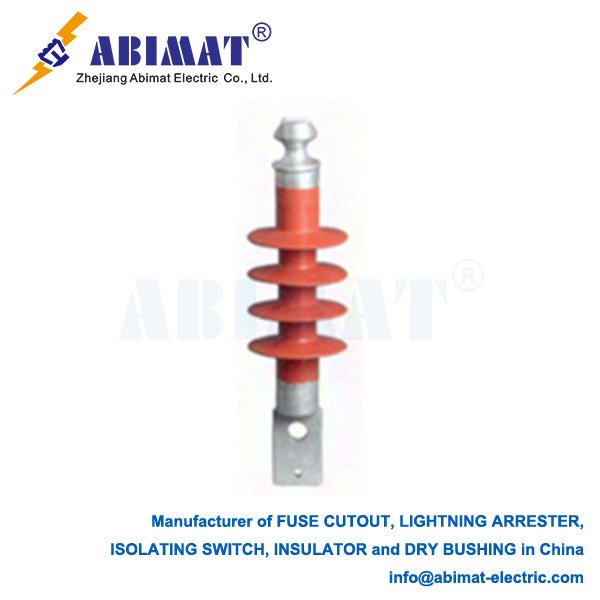Line Post Type Insulators: A Critical Component in Electrical Systems
A line post type insulator is a stiff, upright insulator. It’s mainly used in electrical substations and on distribution lines—its job is to support live electrical conductors, keep them isolated, and give them mechanical strength. Unlike suspension insulators (those hang below the cross-arm), line post insulators sit right on top of the structure. They work well for medium to high voltage setups, and they’re small but strong.
Construction and Materials
These insulators usually have a central core. The core is made of fibrous material—like resin-soaked glass—and it’s really good at withstanding pulling forces.
This core is inside a weatherproof cover. The cover is made of polymer (like silicone rubber) or porcelain. The polymer cover has “sheds”—those are ribs or little bumps. They’re made to make the creepage distance longer. Creepage distance is the path along the insulator’s surface. It goes from the live conductor to the grounded base. This path is really important—it stops flashovers, especially when it’s dirty or wet.

Key Functions and Advantages
The main job of a line post insulator is to hold up the live conductor. At the same time, it keeps the conductor electrically separate from the grounded support—like a pole or tower.
They have strong mechanical strength. They’re made to handle big bending forces—these forces come from the conductor’s weight, wind, and ice piling up.
They save space too. They stand straight up, so they need less room than strings of suspension insulators. That makes them perfect for small substations.
They’re hard to damage on purpose. They’re stiff and made in one piece—this is true especially for polymer ones. They can handle hits from things like rocks better than string insulators.
They work well even when dirty. Polymer insulators are good at this—they don’t soak up water. Water forms little beads and rolls off them. This helps keep their insulation working even in dirty places.
Applications
Line post insulators are everywhere in electrical networks. They’re the usual choice for a few key jobs: They hold up busbars inside substations. They end medium-voltage distribution lines. They support and insulate dead-end structures. They act as risers on pole-mounted transformers.
All in all, the line post type insulator is a basic but important part. It makes sure modern power systems run safely, reliably, and well. It does two key things: it gives the necessary mechanical support, and it provides important electrical insulation.


